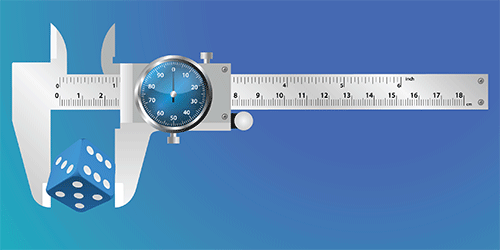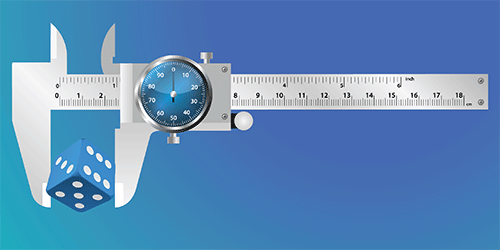Gauging Randomness for Loophole-free Quantum Tests
Quantum physics says that measuring an entangled particle instantaneously affects the state of its distant partner. To observe this nonlocality, a so-called Bell test experiment asks unpredictable questions of the particles and looks for agreement, or “correlation,” in their responses. However, such correlations might be replicated by some sort of pre-measurement conspiring among the experimental elements. To close this sort of “loophole,” the questions must be chosen unpredictably and faster than any conspiring signals could connect the different parts of the experiment. Researchers have now developed a random number generator (RNG) both fast enough and random enough for this task, allowing three new Bell tests to go “loophole-free” (see 16 December 2015 Viewpoint).
A typical Bell test experiment uses entangled photons, and the “questions” are measurements of the photon polarizations. The “locality loophole” refers to the possibility that the polarizer settings could have an effect on the distant particles, while the “freedom of choice” loophole imagines the particles could influence an RNG used to set the polarizers. Morgan Mitchell and his colleagues from the Institute of Photonic Sciences have devised an RNG that virtually eliminates these possibilities. Their setup uses a laser to produce pulses with random optical phase. The pulses pass through an interferometer before reaching a detector, whose output is converted to a binary bit. The randomness of the bit is guaranteed by the laser amplification being 100 times stronger than any external influence that might carry a conspiring signal. The RNG combines several of these “raw” bits to obtain a single “extracted” bit, within 0.001% of perfect unpredictability (a 50-50 chance for 0 or 1). The whole process takes less time than light would take to travel 20 meters, which is far less than the distance between stations in the new Bell tests.
This research is published in Physical Review Letters.
–Michael Schirber





